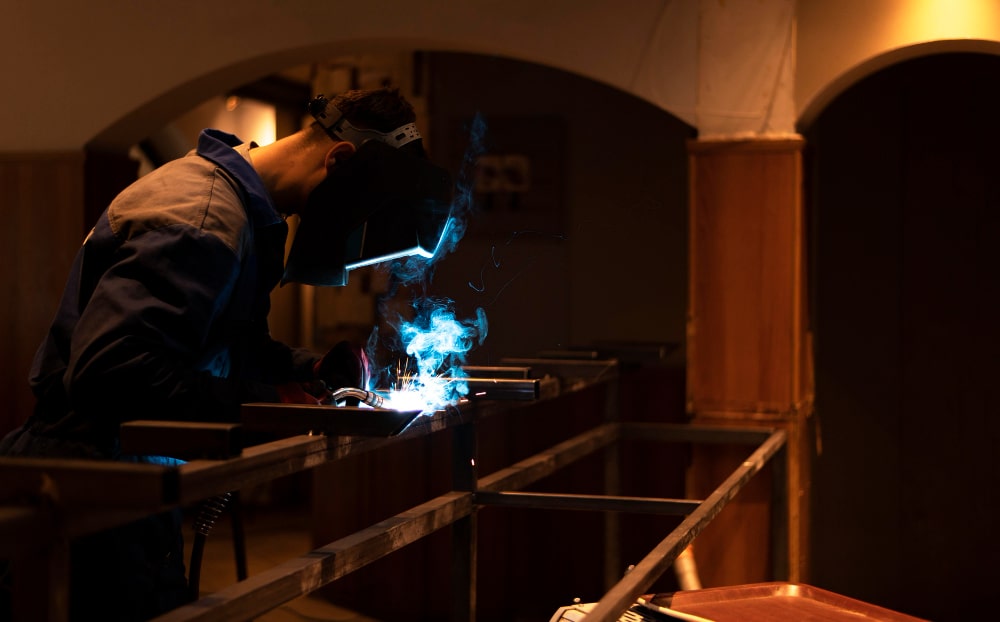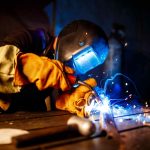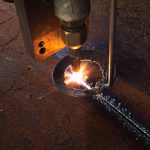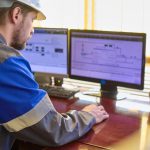Welding is an essential process in the fabrication and repair of metal structures. Among the various welding techniques, MIG (Metal Inert Gas) and MAG (Metal Active Gas) welding are the most commonly used. Although both are similar, there are key differences that determine their use in different applications.
1. Definition of MIG and MAG Welding
MIG welding uses an inert gas, such as argon, which protects the electrode and the weld pool from atmospheric contamination. This method is ideal for welding thin materials and offers a high-quality finish, making it popular in the automotive industry and for maintenance work.
On the other hand, MAG welding employs an active gas, such as carbon dioxide (CO2) or a gas mixture. This type of welding is more suitable for thicker materials and provides a higher welding speed. It is commonly used in construction and the fabrication of metal structures.
2. Key Differences Between MIG and MAG
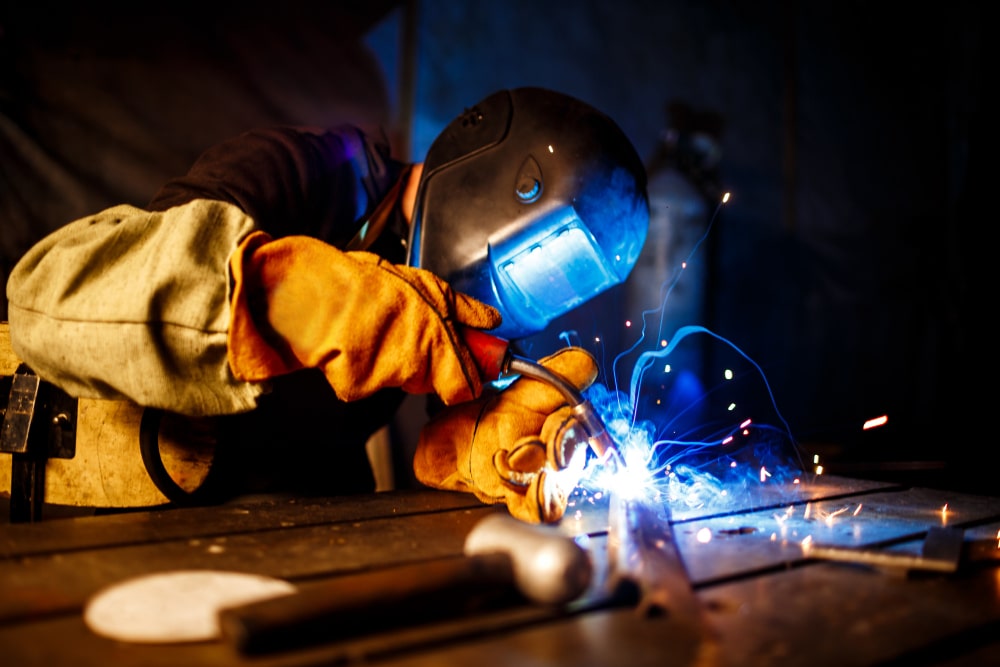
Although the terms MIG and MAG are often used interchangeably, it is crucial to understand that they represent two distinct welding processes, each with unique characteristics and specific applications.
Type of Gas
The primary difference between both methods lies in the type of gas used during the welding process.
- MIG Welding (Metal Inert Gas): This process uses an inert gas, such as argon or helium. These gases are inert because they do not chemically react with the molten metal. The main function of the inert gas is to protect the weld pool from atmospheric contamination, resulting in a cleaner, higher-quality finish. This method is ideal for welding in controlled environments, as its performance can be affected by wind and air currents.
- MAG Welding (Metal Active Gas): In contrast, MAG welding uses an active gas, usually carbon dioxide (CO2) or a gas mixture that may include argon and CO2. Active gases can react with the molten metal and slag, contributing to greater penetration and welding speed. This method is particularly suitable for industrial environments, where higher productivity is required and the risk of contamination is lower.
Materials to Weld
The differences in the type of gas also influence the types of materials each process can weld effectively.
- MIG Welding: This method is preferred for thinner metals and non-ferrous materials, such as aluminum and stainless steel. MIG welding is particularly effective in applications requiring a high-quality finish, such as in the manufacturing of electronic components, car structures, and restoration projects. The ability to control the heat during the process helps prevent material distortion, which is crucial for delicate work.
- MAG Welding: On the other hand, MAG welding is more efficient for welding ferrous metals, such as carbon steel and other thicker materials. This method is widely used in the construction of metal structures, heavy machinery manufacturing, and industrial welding applications. Its ability to perform faster, deeper welds makes it ideal for high-productivity tasks, such as in factories and construction sites.
Applications
The choice between MIG and MAG is also influenced by the specific applications of each welding method.
- MIG Welding: This process is commonly used for precision work, such as manufacturing components that require a superior aesthetic finish. MIG welding is appreciated in the automotive industry for producing car bodies, in the manufacture of metal furniture, and in metal art projects. Its ability to create clean, controlled welds makes it the preferred option for jobs where appearance is crucial.
- MAG Welding: In contrast, MAG welding is frequently used in industrial environments where efficiency is paramount. This method is ideal for high-speed, high-volume welding tasks, such as the fabrication of metal structures, pipes, and industrial machinery. The ability of MAG welding to penetrate thicker materials makes it suitable for projects requiring strong, durable joints, such as building and bridge construction.
3. Advantages and Disadvantages of Each Method
Both welding methods have their own advantages and disadvantages, which may influence the choice of process based on the specific needs of each project.
Advantages of MIG Welding:
- Lower slag projection.
- High-quality finish.
- Easy to learn for beginners.
Disadvantages of MIG Welding:
- Limited to indoor work conditions due to wind sensitivity.
- Lower welding speed compared to MAG.
Advantages of MAG Welding:
- Higher welding speed.
- Effective for thicker materials and industrial environments.
Disadvantages of MAG Welding:
- Greater slag projection, which can affect the finish quality.
- Requires more skill and experience to achieve good results.

